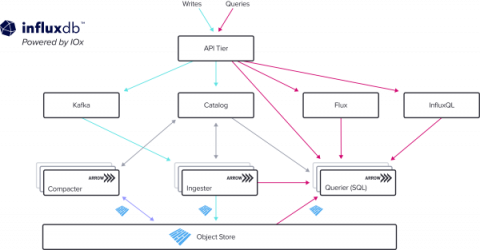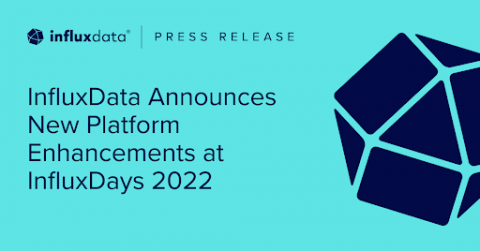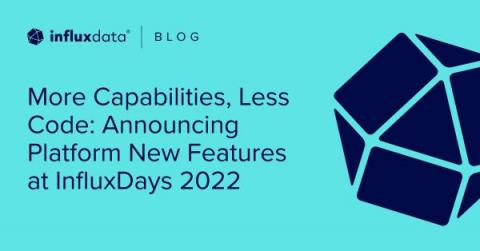How to Reduce Telegraf Binary Size with a Customized Telegraf Agent
Is Telegraf too big for your device? Too many plugins in one binary getting you down? Let me introduce you to the Telegraf custom builder – the new tool for reducing Telegraf’s overall memory and disk footprint. In this blog, we will discuss the “what, why, when” and also how to use the new custom builder.










